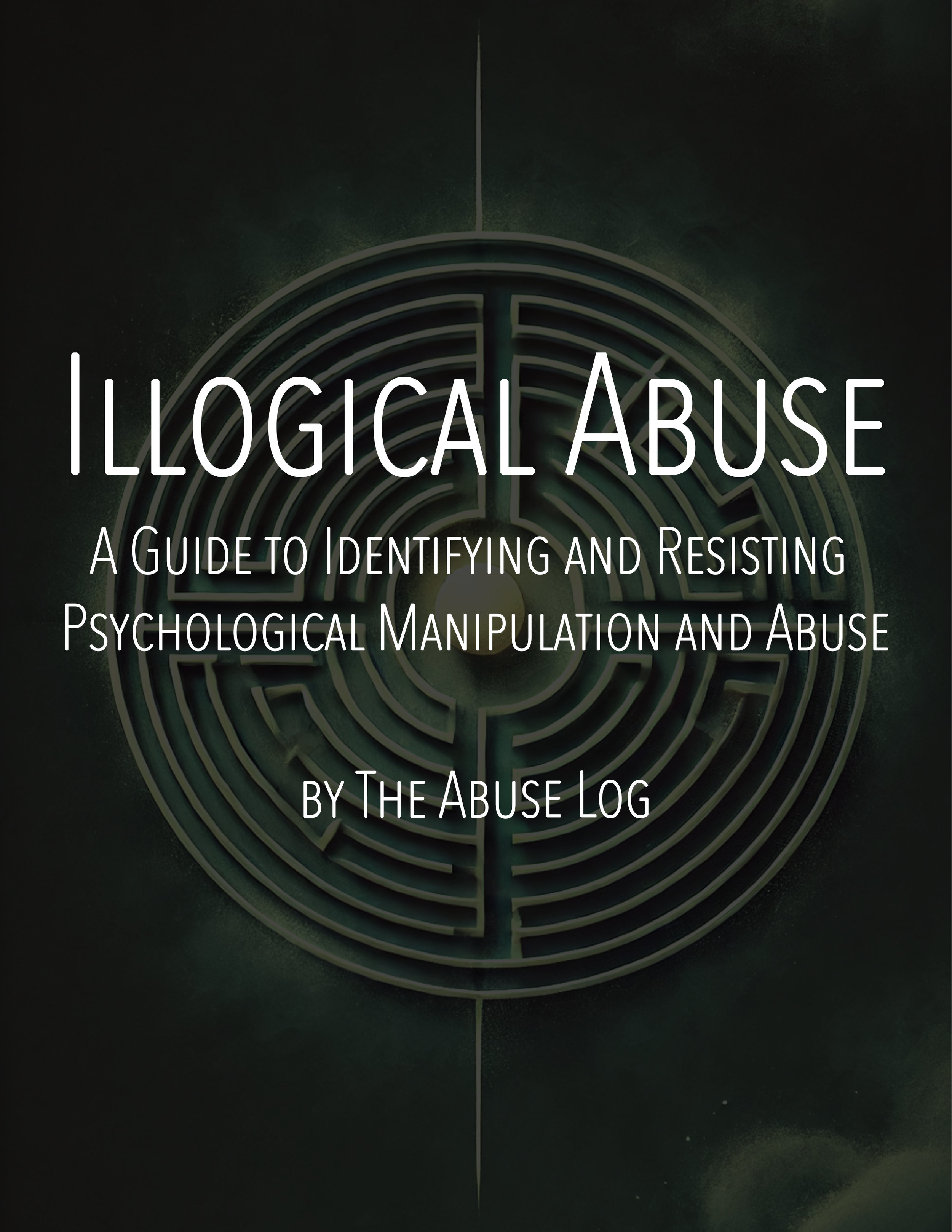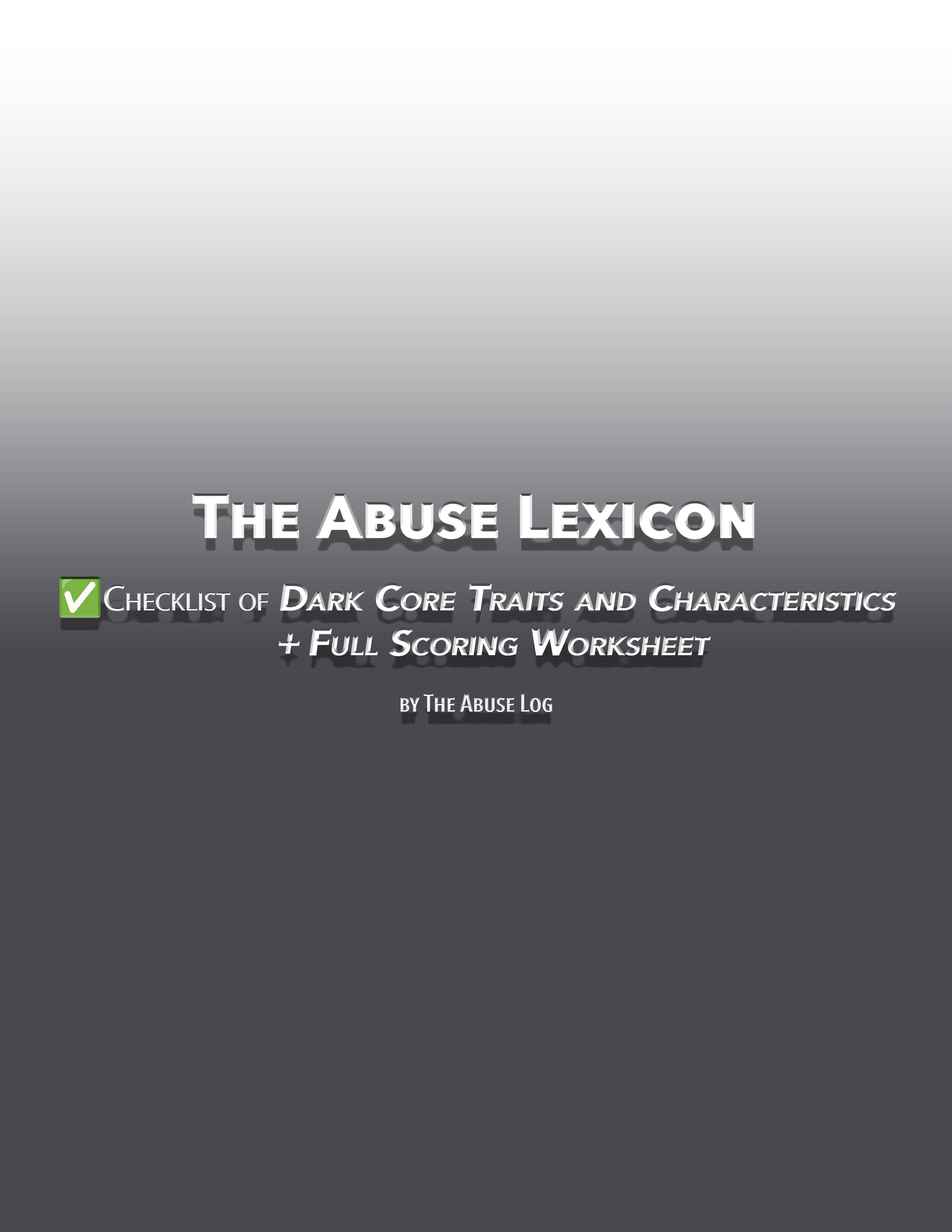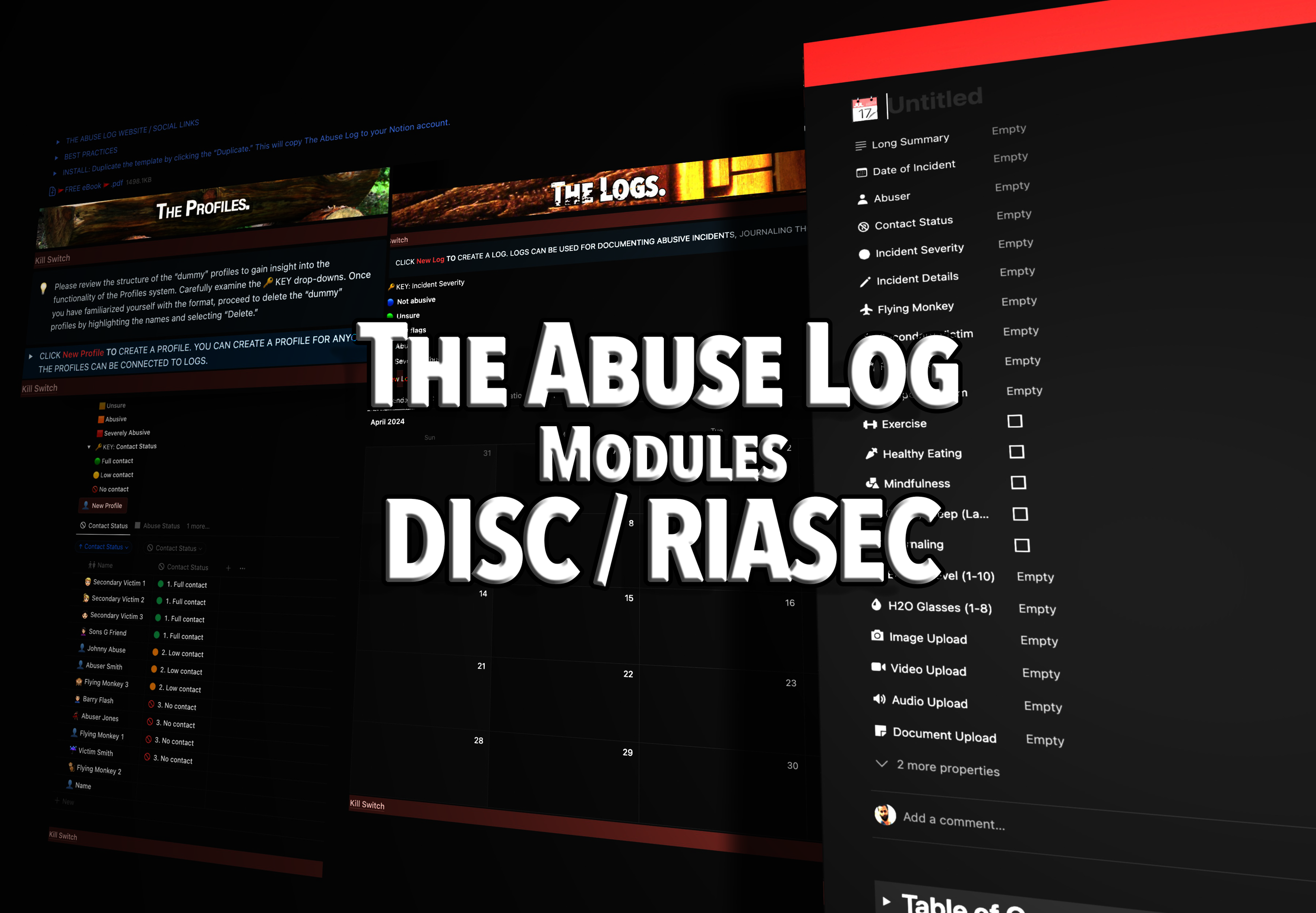The Restless Search for Peace: Personality Disorders and the Endless Quest for Comfort
Some people spend their lives moving from place to place, chasing a fleeting sense of peace that always seems just out of reach. They believe that if they can just change their surroundings—move to a new city, start fresh in a different home, switch jobs, or find new relationships—they will finally feel at ease. Yet, no matter where they go, the discomfort remains. This restless search is not simply wanderlust or a thirst for adventure—it often has deeper psychological roots. For individuals with personality disorders, particularly those marked by emotional instability and identity disturbance, the impulse to change their environment is often an unconscious attempt to escape internal turmoil.
This pattern is common in several personality disorders, including Borderline Personality Disorder (BPD), Narcissistic Personality Disorder (NPD), and Avoidant Personality Disorder (AVPD). In extreme cases, this impulse can drive individuals to take drastic measures—abandoning spouses, severing long-term relationships, or even leaving their children behind in a desperate attempt to start over. In this article, we will explore why some individuals feel compelled to constantly shift their surroundings, the psychological mechanisms driving this behavior, and how true peace can only come from internal resolution rather than external change.
The Psychology Behind Environmental Escapism
The belief that a change in environment will bring emotional relief is a cognitive distortion—a misattribution of internal discomfort to external circumstances. While environmental factors can certainly influence mood and well-being, chronic dissatisfaction often has more to do with a person’s inner world than their surroundings.
1. The Flight Response to Emotional Pain
For many individuals with personality disorders, emotional pain can feel overwhelming and inescapable. Without healthy coping mechanisms, the easiest way to seek relief is through avoidance. Changing environments—whether moving to a new city, ending relationships, or switching careers—can create a temporary distraction from internal distress. Some take this a step further, cutting ties with family members, abandoning marriages, or even relinquishing parental responsibilities to escape perceived emotional entrapment. However, this relief is short-lived because the core issues remain unresolved.
2. Identity Instability and the Search for a 'True Self'
In disorders such as BPD, there is a pervasive sense of identity disturbance. Individuals may struggle to define who they are, what they want, and what truly makes them happy. As a result, they experiment with new environments, relationships, and lifestyles in an attempt to ‘find themselves.’ Some may abruptly end long-standing relationships, believing that these connections are stifling their growth or preventing them from achieving inner peace. However, because their sense of self is fragmented, no external change can provide the stability they seek.
3. Idealization and Devaluation Cycles
Those with narcissistic traits or BPD often idealize new experiences, believing that a fresh start will be the key to happiness. This is followed by inevitable disappointment when the new environment fails to provide the expected sense of fulfillment. The cycle repeats: they become dissatisfied, blame their surroundings, and seek another change, perpetuating chronic instability. In extreme cases, this could mean walking away from family obligations, children, or spouses, rationalizing the decision as necessary for their own well-being while leaving emotional wreckage in their wake.
4. Social Avoidance and the Fear of Judgment
For individuals with Avoidant Personality Disorder, social anxiety and fear of rejection are major drivers of environmental changes. They may move to avoid scrutiny, abandon relationships to escape perceived judgment, or switch jobs frequently to avoid workplace stress. In severe cases, they may isolate themselves completely, cutting off ties with loved ones and disappearing from their previous life to escape deep-seated insecurities. Unfortunately, because the core issue—deep-seated insecurity—remains unaddressed, each new setting eventually evokes the same fears and discomfort.

How Personality Disorders Influence the Need for Change
Different personality disorders manifest this restless impulse in unique ways:
Borderline Personality Disorder (BPD): Emotional Instability and Fear of Abandonment
Impulsively changing locations, relationships, and careers in an attempt to regulate emotions.
A deep fear of abandonment that leads to constant ‘new beginnings’ to escape perceived rejection.
Intense emotional highs and lows associated with new places or people, which quickly lead to disillusionment.
In extreme cases, walking away from marriages or parental responsibilities in a desperate bid for emotional relief.
Narcissistic Personality Disorder (NPD): Grandiosity and Discontent
A belief that a new, more prestigious environment will affirm their superiority or self-worth.
Chronic dissatisfaction with their surroundings, blaming others for their unhappiness.
An inability to tolerate failure or criticism, leading to impulsive exits from workplaces, friendships, and commitments.
Some may abandon relationships or families if they believe these connections no longer serve their self-image or ambitions.
Avoidant Personality Disorder (AVPD): Fear of Exposure and Rejection
A desire to escape from environments where they feel scrutinized or unworthy.
Relocating to avoid social anxiety rather than addressing the underlying insecurity.
An ongoing cycle of retreating from discomfort without ever facing the root cause.
In severe cases, cutting off entire social circles, disappearing, or even self-imposed exile to avoid perceived rejection.
Why the ‘Fresh Start’ Never Works
The greatest misconception in this pattern is the belief that external change leads to internal peace. This is an illusion. Here’s why:
1. The Same Internal Struggles Follow You
No matter where you go, your thoughts, fears, and emotional wounds come with you. Relocating provides temporary novelty, but without addressing the underlying psychological patterns, the same struggles will eventually resurface.
2. Emotional Baggage Is Not Location-Dependent
Unprocessed trauma, attachment wounds, and personality-based cognitive distortions do not disappear with a change in scenery. Even in a new place, the same fears, insecurities, and destructive relational patterns emerge.
3. The High of Change Fades Quickly
There is an initial ‘honeymoon phase’ that comes with any major life change—a new home, job, or relationship may feel exciting and full of possibilities. However, as soon as the novelty wears off, underlying issues re-emerge, leading to dissatisfaction and the desire for another escape.
How to Break the Cycle and Find True Peace
1. Cultivate Internal Stability Before Making External Changes
Before uprooting your life, reflect on whether your desire to change environments is truly practical or emotionally driven. Ask yourself: Am I running from something? Have I fully addressed what’s making me uncomfortable?
2. Develop Emotional Coping Mechanisms
Instead of seeking relief through external shifts, focus on internal strategies:
Mindfulness and grounding techniques to manage anxiety and emotional instability.
Therapy (such as Dialectical Behavior Therapy for BPD) to develop healthier emotional regulation skills.
Self-reflection through journaling, meditation, or counseling.
3. Address Underlying Trauma and Attachment Issues
For many, the root of this behavior lies in unresolved trauma or attachment wounds. Working through these with a therapist can help break the cycle of escapism.
4. Build a Sense of Self That Isn’t Dependent on Environment
True peace comes from within, not from external validation or change. Strengthen your sense of identity by exploring:
Personal values and core beliefs.
Meaningful hobbies and passions.
Relationships that provide stability and genuine connection.







![The Abuse Log Notion Template [Basic]](https://images.squarespace-cdn.com/content/v1/65b9553c448d7e5b0ec1dfcd/4c83e581-b720-4cbe-83b1-2d72e7a9ac8a/Logo+Gumroad-Basic.png)
![The Abuse Log Notion Template [Advanced]](https://images.squarespace-cdn.com/content/v1/65b9553c448d7e5b0ec1dfcd/c3bb150a-a911-4f91-a23e-3621b98a2d55/Logo+GumroadAdvanced.png)
![The Abuse Log Notion Template [Professional]](https://images.squarespace-cdn.com/content/v1/65b9553c448d7e5b0ec1dfcd/7fa18cea-edf4-4325-8234-13f3527579c2/Logo+GumroadProfessional.png)
















































